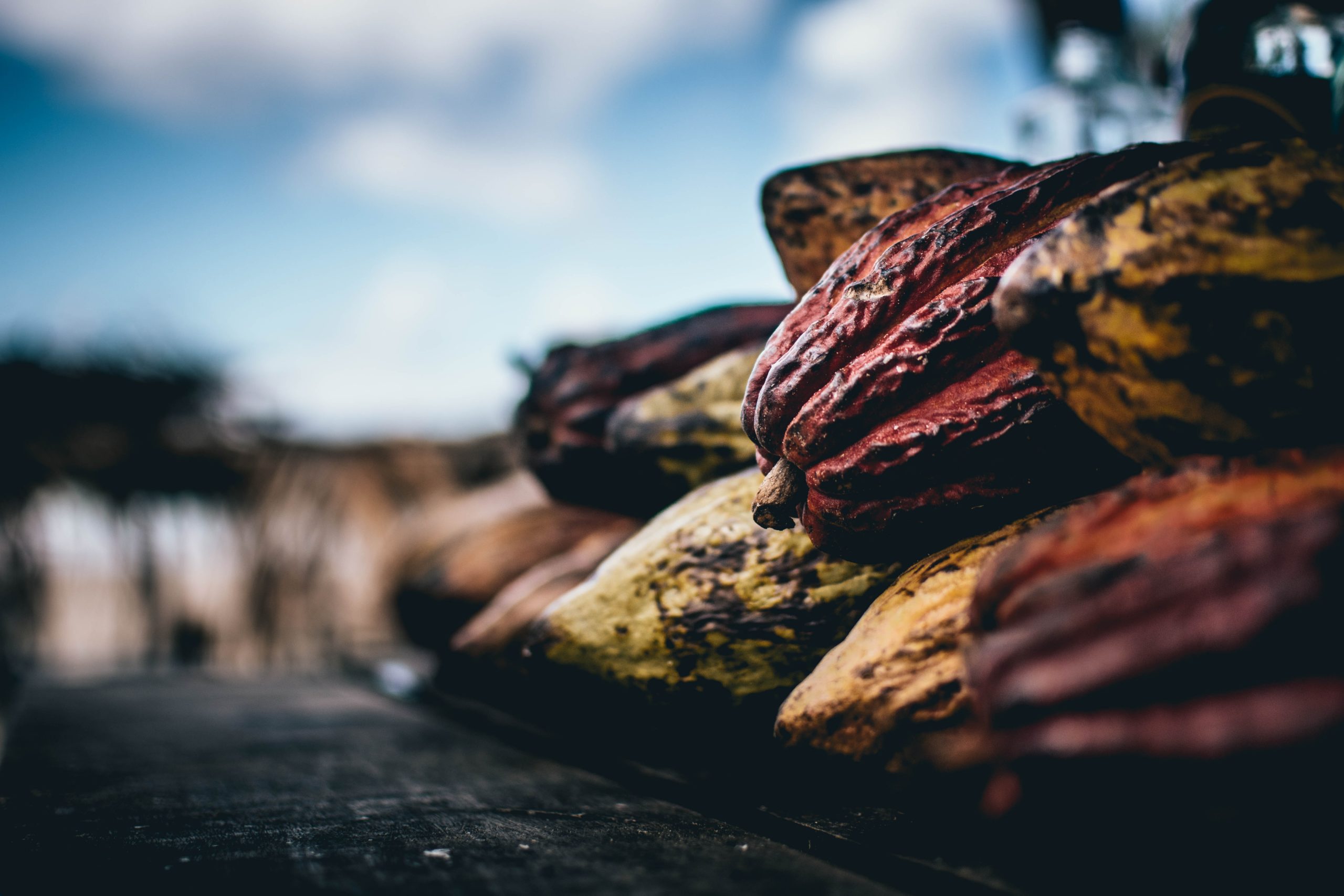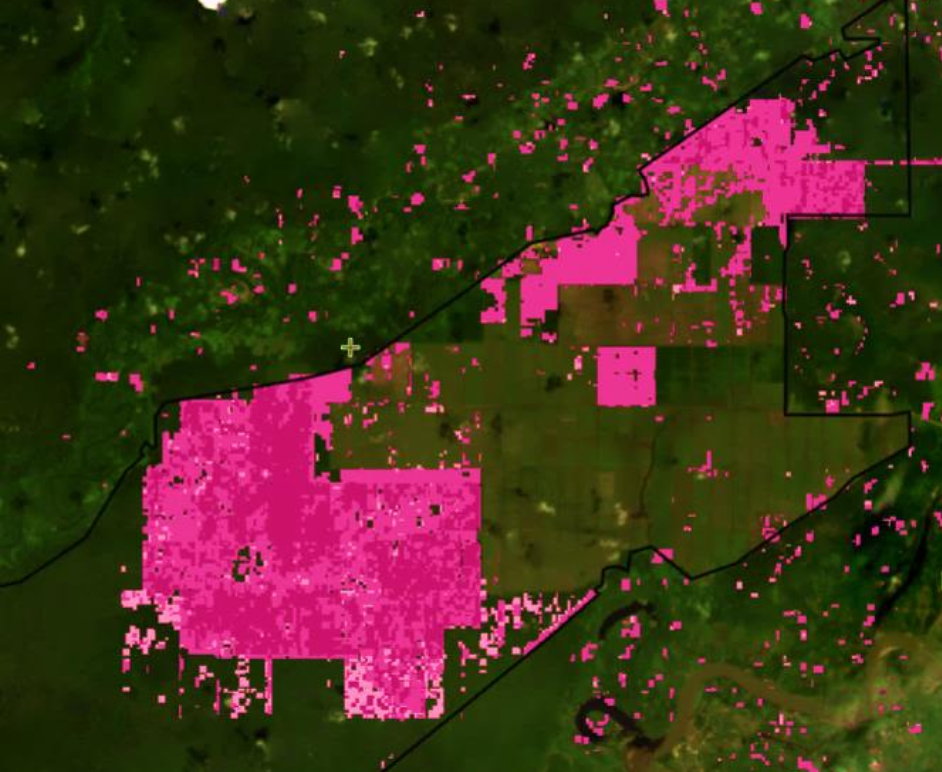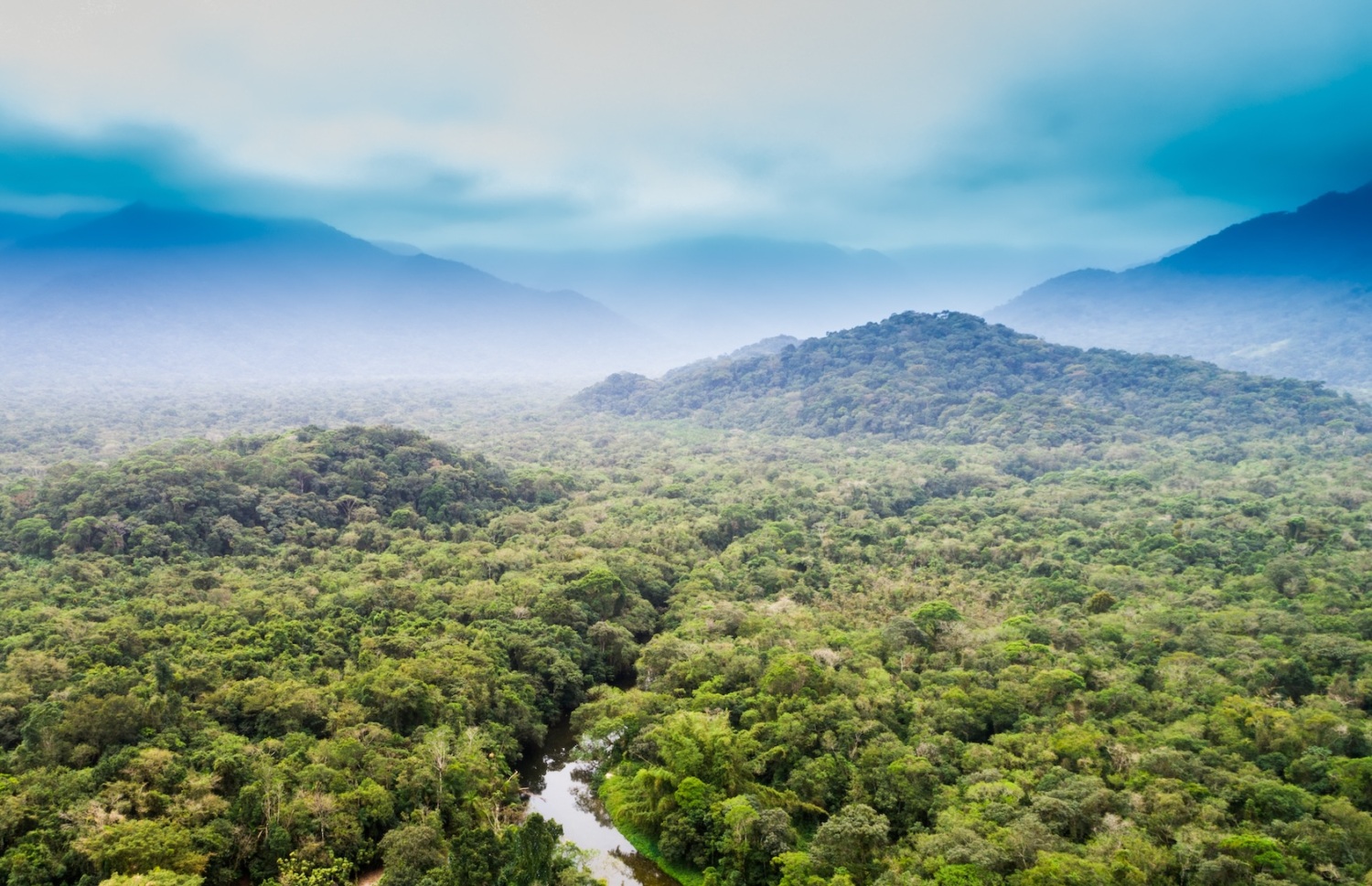
NGOs: Are Industry and Governments Watering Down New Cocoa Report Data to Downplay Persistent Child Labor and Farmer Poverty?
Leaked World Cocoa Foundation Strategy Documents Show Industry More Concerned About Messaging Than Ending Farmer Poverty; Initial Draft of Report Due Out Shortly Finds Children Still Laboring in West African Cocoa Fields, Often Under Hazardous Conditions.
NGOs from the U.S., Europe, U.K., and Australia working towards a more sustainable chocolate industry are calling for a better future in combating two major related issues in the supply of cocoa from West Africa: child labor and environmental devastation. The NGOs (Mighty Earth, Be Slavery Free, Green America, Freedom United, and Fair World Project) question a forthcoming, watered-down report that is based on obsolete pre-COVID data, and demand urgent solutions for the unacceptably massive number of children in abusive and illegal labor conditions in cocoa, as well as forests being destroyed.
For close to 20 years the issue of child labor and slavery has been on the radar of the industry who source from West Africa which produces around 66% of the world’s cocoa. In that time the development of the cocoa industry and the world clamoring for chocolate and cocoa products has resulted in the devastation of forests and the widespread use of dangerous chemicals. Not enough has been done by industry to effectively change the situation – in fact, it is now evident it may have gotten worse because of the current pandemic.
The NGOs’ call for action comes in advance of the release of a new report by NORC at the University of Chicago examining the prevalence of child labor in cocoa in Ghana and the Ivory Coast. The elephant in the room is a leaked earlier version of the report which broke in April, and found that despite decades of hype and voluntary corporate efforts, child labor had increased to 2 million children. The leaked NORC report also revealed the number of child laborers being exposed to harmful pesticides had increased.
Since the earlier draft report was leaked, the final report release was delayed for NORC to rework the methodology, which may result in lowering the estimated number of child laborers. “No amount of tweaking or reworking the methodology can obscure that significant findings of children in hazardous, exploitative, or slavery-like conditions in cocoa demonstrates the twenty-year failure of industry and government to effectively act on the problem,” said Todd Larsen, Executive Co-Director of Green America.
Whatever the findings in the final report, the data obtained by NORC is obsolete. NORC’s data collection predates the COVID-19 epidemic, which is resulting in an estimated 15-20% increase in child labor in the Ivory Coast and Ghana, based on research from multiple sources. Cocoa producing countries’ overall economic situation has deteriorated significantly as the global economy ground to halt during the pandemic.
The NGOs received a leaked strategy document from the World Cocoa Foundation (WCF), a trade organization with 100 member companies, which outlines industry plans and talking points to address the report findings. These talking points reveal how industry was given advance notice of the findings of the report. The document urges companies to play up industry efforts to address child labor, but fails to push companies to address farmer poverty, which is a key driver of child labor and deforestation in the impacted countries. Etelle Higonnet of Mighty Earth commented, “it seems that the cocoa industry is more interested in public relations than real solutions for kids, farmers, or forests.”
Chocolate is a $100 billion per year industry, and yet most cocoa farmers live on less than $1 per day. To this day, there is no industry-wide commitment to pay farmers a living income. WCF states that the industry has spent $215 million to address child labor over a 20-year time period. Carolyn Kitto from Be Slavery Free explained, “this amount is too little too late for many kids, and pales in comparison to the trillions of dollars in revenue from cocoa to governments, traders, processors, manufacturers, and retailers. Until companies step up and pay a living income for all cocoa farmers, the millions put into child labor remediation is just balderdash.”
Herrana Addisu, Advocacy Officer for Freedom United, underscored that “the harsh realities in cocoa which far outstrip the findings of the NORC report, must be a call-to-action for governments to pass mandatory human rights due diligence regulation and for a re-examination of the value of voluntary commitments, which again have failed to meaningfully reduce exploitative child labor in chocolate supply chains.”
The NGOs are calling on retailers, chocolate companies, and traders to
- Push for the enactment of mandatory human rights due diligence laws worldwide;
- Increase payments to cocoa farmers to attain a living income;
- Increase child labor monitoring and remediation programs to reach 100% of cocoa-growing communities and children; and
- Reduce toxic pesticide use and other environmental harms as part of a commitment to ending deforestation and instituting earth-friendly agroforestry practices.
Holistic solutions that are a win for farmers and forests need to be rolled out urgently. “As the COVID-19 crisis has made abundantly clear, the health of individuals around the world and the health of our planet are interconnected,” stated Anna Canning, Campaign Manager at Fair World Project. “We need an end to pesticide and other chemical use, with organic and regenerative agriculture targets for the whole industry, because the evidence is now clear: the industry is poisoning people, especially children, in order to increase profits.”
The NORC report is conducted as part of the Harkin-Engel Protocol, a non-binding agreement between some of the largest chocolate companies and the U.S. government where industry committed to ending child labor in cocoa a decade ago. This protocol is set to expire in the second half of 2021. In the twenty years since the Harkin-Engel Protocol was put into place, the children whose documented labor spurred the creation of the protocol have grown up, and their children may now be laborers in cocoa fields.
“How many generations of children must miss out on school and the opportunities to advance themselves before the cocoa industry finally takes the necessary actions to end the problem?” asked Charlotte Tate, Labor Campaigns Director for Green America.
The 5 NGOs expressing concern today are: Mighty Earth, Be Slavery Free, Green America, Freedom United, and Fair World Project.


